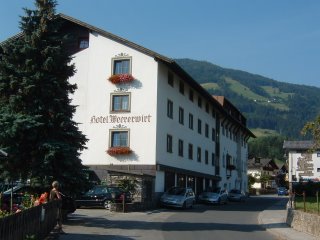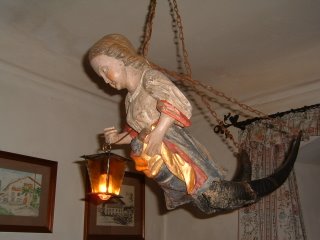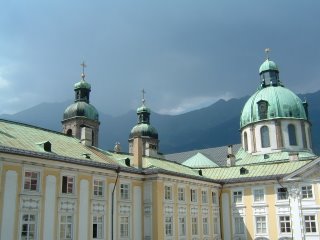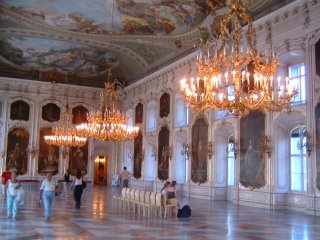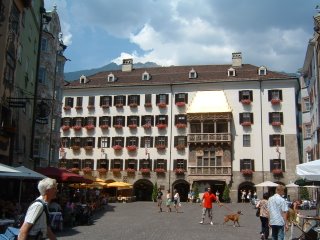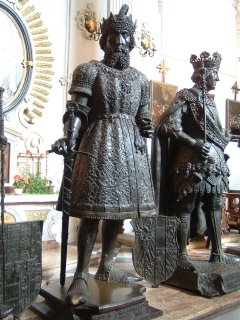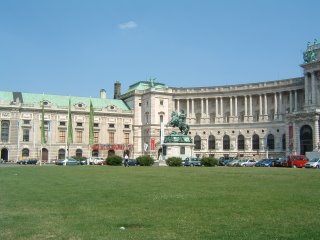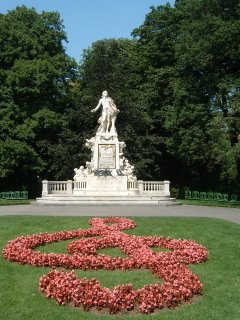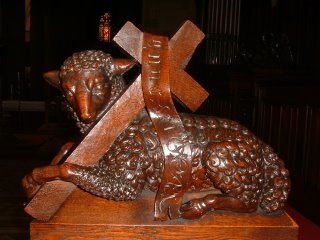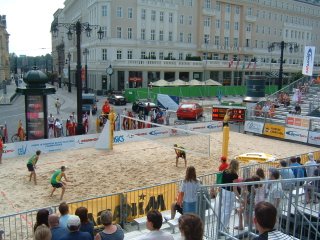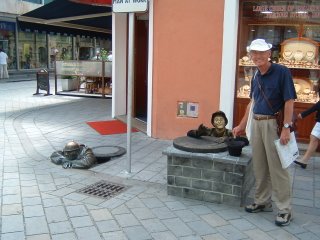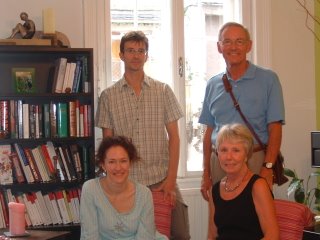Moldova? Bowled Ovah!--Once Again
Chisinau, August 1-7
Leaving Budapest on July 31, we had an easy drive across eastern Hungary and into Romania as far as Cluj. Then the fun began. The “highway” across the Carpathians was under construction, and progress was so slow and painful we became convinced that Vlad the Impaler (aka Dracula) was directing the road crews. True, the scenery was magnificent and our overnight in Vatra Dornei was very pleasant, but we will defer pictures and further comments to our Romania posting.
We entered Moldova at a lesser used crossing point in the north, where the border authorities were polite, efficient, conversant in Romanian (Russian was their operating language in the late 1990’s), and quite aware that visas were no longer required of American tourists. We had been invited to stay at the beautiful Ambassador’s Residence, new since our day, by Rudy and Ethel Perina, our successors in Moldova, who had returned to fill a gap between the departure of the recent ambassador and the arrival of her successor. (Our old digs have been joined with those of the German ambassador, our good friend, to create a living and entertaining complex for the Embassy’s Marine Security Guards.) That evening the Perinas and we were able to join Ceslav Ciobanu (Minister of Privatization during our tour and now a professor at Virginia State), his wife Liliana, and Ciobanu relatives for a Moldovan-style barbecue with great homemade wine in the Chisinau suburbs.
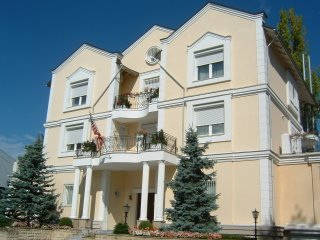
New U.S. Ambassador's Residence

U.S. Marine House, Chisinau (erstwhile residences of the U.S.A. and Germany)
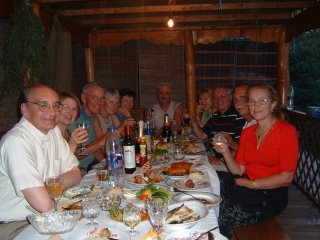
Ciobanu dinner
Our week was mainly spent reconnecting with old friends. The Perinas were kind enough to organize a dinner at the Residence with Moldovans the four of us knew, but we also sought out contacts on our own. We spent an especially enjoyable afternoon with Valeriu Loghin and Lorina Balteanu, who divide their time between Moldova and France, and Vince and Ilinca Morabito, whom we visited on Mallorca, to enjoy great food in Valeriu and Lorina’s garden. We met former President Petru Lucinschi on the street and quickly retired with him to a nearby hotel for drinks and conversation.
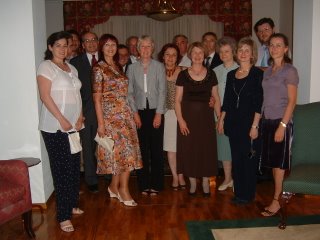
At the Perinas' dinner party
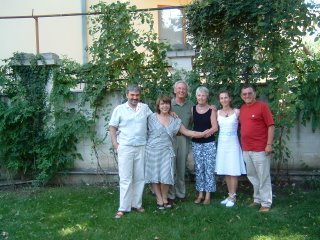
With Valeriu, Lorina, Ilinca and Vince
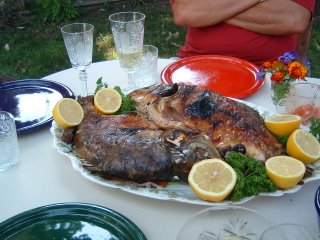
Luncheon fare at Lorina and Valeriu's
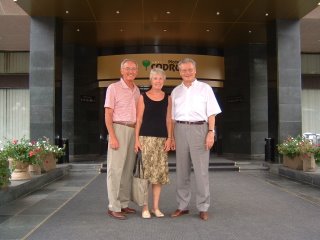
With former Moldovan President Petru Lucinschi
During our assignment here Georgia’s special interest was children’s health. Following up, we spent one afternoon visiting an orphanage and the National Children’s Hospital, where Georgia and the charities she fostered had concentrated their giving. Both facilities were greatly improved from our time, thanks to increased support from the Moldovan authorities and foreign sources. Dr. Gheorghe Grosu, the hospital’s competent and charismatic director then and now, gave us a personal tour to show us the many parts under renovation. We talked with some of the young patients, including several in the Burn Unit, the first focus of Georgia’s efforts.
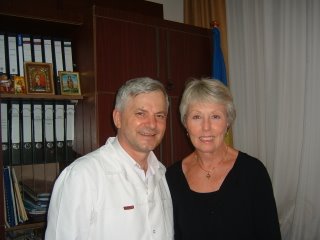
With Dr. Gheorge Grosu, National Children's Hospital
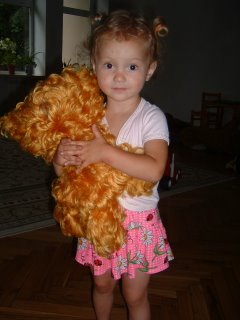
Felicia at Children's Hospital
Chisinau’s weather was magnificent during our visit, giving us the chance to stroll along the Boulevard of St. Stephen the Great, named for the national hero of Moldova (and Romania), who died in 1504 after a career fighting the Turks and other pesky neighbors. His statue graces the city’s main square, and here brides lay flowers at his feet following their wedding ceremonies. Other touristic high spots were the refurbished grounds of the opera house and—outside of Chisinau—the 16th Century Capriana Monastery, Moldova’s most important, where the restoration work is beginning to produce impressive results.
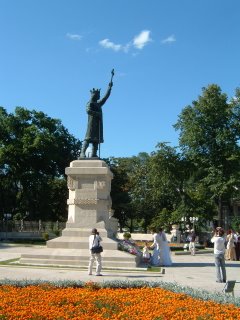
Bride placing flowers at statue of St. Stephen the Great
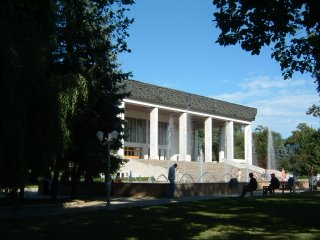
Opera House, Chisinau
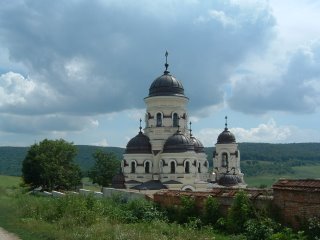
Capriana Monastery
Car maintenance also figured in our activities. Todd ran Valeriu through a car wash where the car moved instead of the mechanism (Moldova is, after all, part of the New Europe) and a team of young people spent 15 minutes cleaning the inside—all for under $7. When a taillight gave up the ghost, Todd visited the local VW dealer, who replaced it for the princely sum of $5. Now if we could only get our Lexus serviced here . . . .
Speaking of Valeriu, Todd signed his testimony in the appeal of the car’s namesake, former Defense Minister Valeriu Pasat, to overturn his conviction concerning the sale of the MiG-29’s to the United States. We’ll see if it helps get Minister Pasat out of jail.
Driving south to enter Romania at Galati, we passed through a series of villages along the Prut River, where a few improvements were visible, such as a new housing for the local well. More noteworthy were the number of Western Union offices where residents can receive remittances from relatives numbering among the hundreds of thousands of Moldovans working abroad. To end on a happier note, it was harvest season for melons, so we stopped along the road to buy a small yellow melon from a group of ladies and their daughters. They complained of the heat and lack of rain but nonetheless treated us to slices of watermelon. This is the Moldova we love.

Refurbished well in Moldovan village
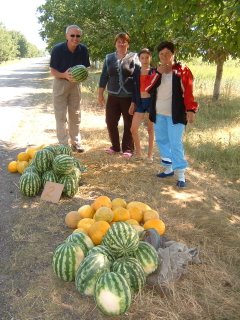
Roadside melon purchase
